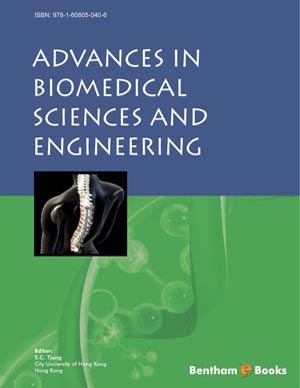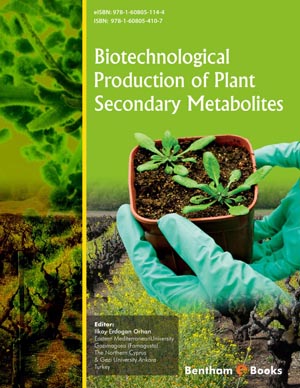Abstract
As the lactose-rich aqueous fraction that remains during the cheese production process after separating casein proteins and lipids from whole milk, whey accrues as an industrial by-product at vast quantity at dairies and cheese production manufactories.
The volumes of generated surplus whey almost equal those of the whole milk processed for cheese production, thus by far surmounting the needs of its restricted classical markets such as animal fodder, pharmaceutical matrices, or additives in food production. As a consequence, enormous quantities of whey are contemporarily disposed in aquatic environments, provoking prevailing ecological concern due to its considerable biochemical oxygen demand, and high expenses for the disposal. Hence, sustainable alternatives for a value-added application of surplus whey are needed; contemporarily, biotechnologists in various global regions are questing for such alternatives! Based on the catalytic action of selected microbial production strains, the spare carbon source contained in whey can be converted into value-added bio-products and at the same time, solve the industrial disposal problem.
Polyhydroxyalkanoates (PHA), a group of biodegradable microbial polyesters with auspicious plastic-like material characteristics, are among the most promising target products accessible from whey´s bio-conversion. Using different production scales, production strains and production modes, excess whey can undergo upgrading to a carbon feedstock for generation of thermoplastic poly(3-hydroxybutyrate) (PHB) homopolyester or, by switching to advanced feeding strategies and application of powerful novel production strains, to tailor-made PHA co- and terpolyesters with customer-oriented material properties. The article covers microbiological, engineering, and economic aspects of whey-based PHA production by meso- and extremophile wild-type or genetically engineered prokaryotic production strains. The route needed to make efforts in this field competitive with current PHA-production on prized feedstocks which in parallel interfere with nutrition for mankind, is presented. This competitiveness is addressed both in environmental and economic aspects.
Keywords: Agricultural waste, β-galactosidase, Carbon-rich waste, Cheese whey, Copolyester, Dairy industry, Dairy waste, Downstream processing, Green energy carriers, Homopolyester, Lactose, Nutraceuticals, Polyhydroxyalkanoates (PHA), Process design, Production strains, Substrates, Surplus materials, Terpolyester, Upstream processing, Whey.

















